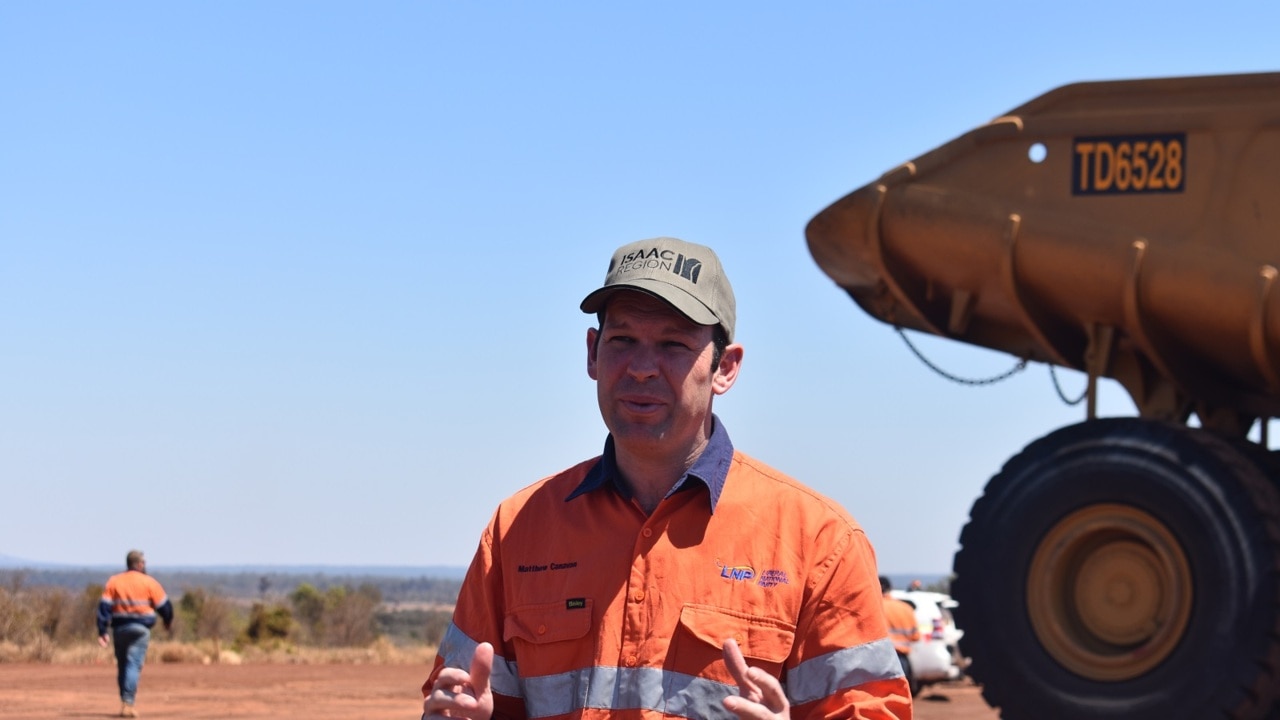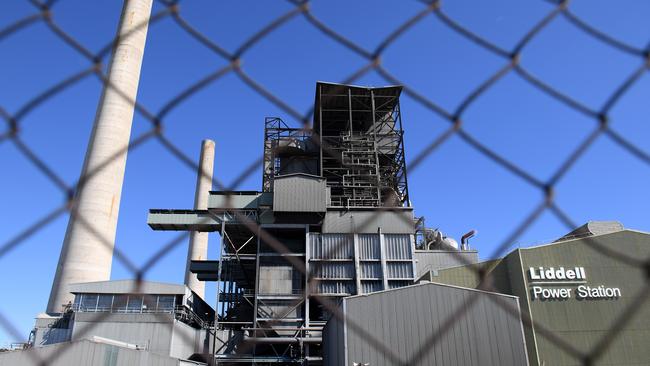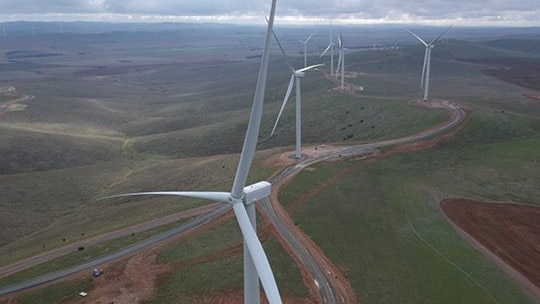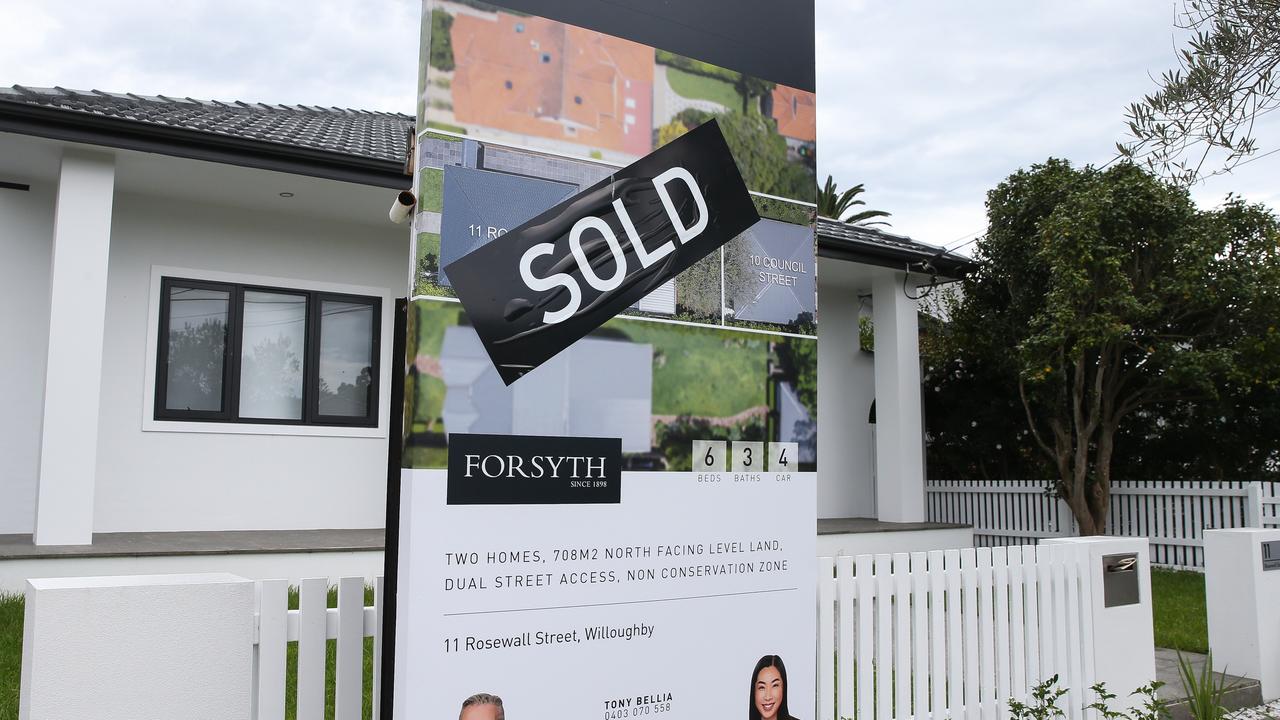Michael McGuire: Coal is unreliable and renewables bring down bills – those are the facts
Disinformation, fear campaigns or cosplaying Queensland Senators can’t dismiss reality this time, writes Michael McGuire.

Federal Election
Don't miss out on the headlines from Federal Election. Followed categories will be added to My News.
After all the arguments, after all the disinformation and the fear campaigns the evidence is in – renewable energy is going to provide far cheaper electricity for South Australians for generations to come.
This is not an ideological statement. It’s not even an anti-fossil fuel argument. Or even necessarily about climate change. It’s simply about facts and logic. It’s about what the numbers are telling us.
Renewable energy, whether that is wind power or solar energy, or maybe even hydrogen, is going to lower power bills for South Australians.
A divide has opened up in Australia’s power network. The most expensive places for power in Australia are now Queensland and NSW. States that rely on expensive black coal for the vast majority of their power. The cheapest areas are Victoria, which has the second-highest renewable use on the Australian mainland, and South Australia. On most days, SA now generates the majority of its power from wind and solar.
This was all laid bare in a report last week by the Australian Energy Market Operator, which manages the national system.

AEMO reported that prices across Australia had increased by 141 per cent in the first quarter of 2022 compared to the first quarter in 2021. Prices were 67 per cent higher than the last quarter of 2021 as well.
The “major driver’’ of this price increase was the soaring cost of black coal and gas. The increasingly unreliability of coal power stations is also driving up prices.
“Prices in northern NEM regions were again significantly higher than in the southern regions, reflecting volatility in Queensland, the larger price-setting role of black coal generation in Queensland and New South Wales,’’ AEMO wrote.
This is a trend that will continue. AEMO says the ASX futures market is expecting NSW power to be sold in 2023 at $131 a megawatt hour, Queensland to reach $108/MWh and SA to be at $78/MWh.

In its latest report, the World Bank said the world was experiencing the “largest commodity shock we’ve experienced since the 1970s’’. The reason is Russia’s barbaric attack on Ukraine, which the World Bank believes will keep commodity prices at historically high levels until, at least, the end of 2024.
It predicts natural gas prices will be twice as high this year as they were last year. It expects coal prices to be 80 per cent higher in 2022 than in 2021.
All South Australians have felt the pain of rising electricity prices over the last decade. As recently as 2010, electricity was costing around $24/MWh. At that point brown coal and gas made up about 80 per cent of generation.
In 2019, after the Playford B power station at Port Augusta closed, prices reached around $180MH/h. At that stage, gas was around 50 per cent and wind and solar 45 per cent,
There is no doubt it was painful transition. And badly handled at times. Prices soared, coal jobs were lost, the system was fragile. But, since then the network adapted to the inevitable new world and prices dropped. Last year, prices were around $66MH/h, with wind and solar providing more than 60 per cent of the state’s electricity. On some days it was 100 per cent.
That SA prices have risen again this year is due to increasing gas prices, but AEMO points out its status as a stabiliser for the system has been reduced after four synchronous condensers were built at a cost of $180 million. These are essentially big spinning machines, which reduce the need to turn to gas on days of high wind and solar generation. In their first quarter of operation, they saved consumers around $30 million. The Jamestown battery has also been useful.
Gas will inevitably continue to play a role in the system as the transition continues, but its rising price will increase the economic attractiveness of the state government’s desire to build a hydrogen-fuelled green energy plant in Whyalla.

The federal election campaign has mostly ignored the topic of climate change and renewable energy. It only made a brief appearance when Queensland’s coal cosplay senator Matt Canavan said the Morrison government’s plan for net zero emissions by 2050 was “dead”. Canavan wants more coal-fired power stations built, which is a perverse argument when coal prices are at record highs.
Labor apparently has a climate change plan but prefers not to talk about it, fearing being wedged by a Coalition government which has routinely undermined action on climate change for a decade.
But in this global environment, with prices spiking, inflation rampant and supply chain problems causing chaos there has never been a better time for Australia to play to its strengths and establish long-term national energy security through its advantage in the world of renewables.
More Coverage
Originally published as Michael McGuire: Coal is unreliable and renewables bring down bills – those are the facts




